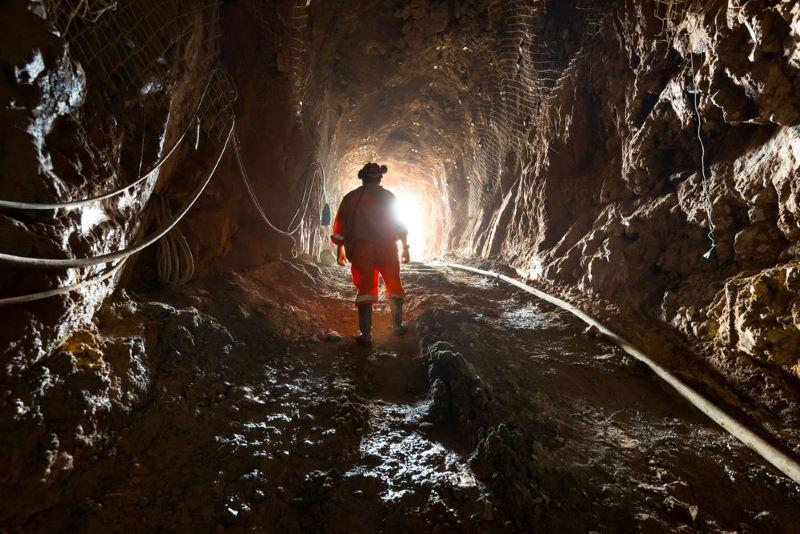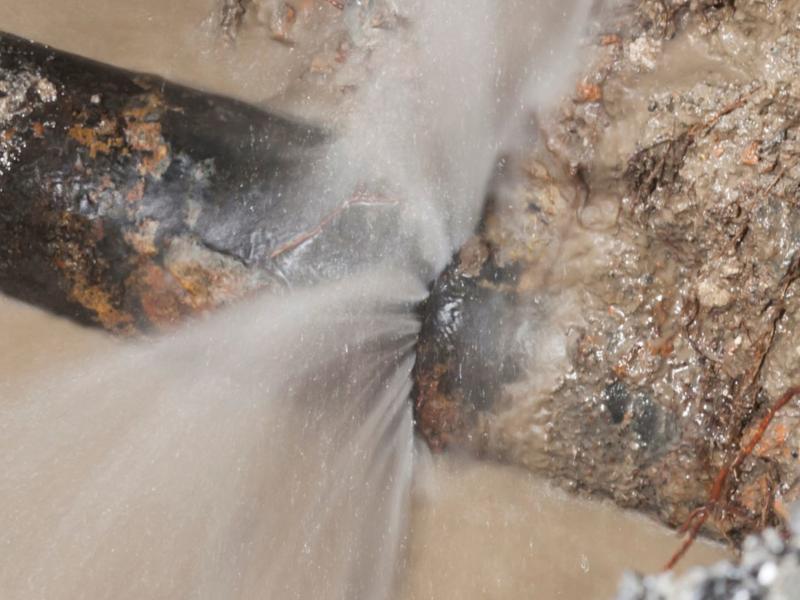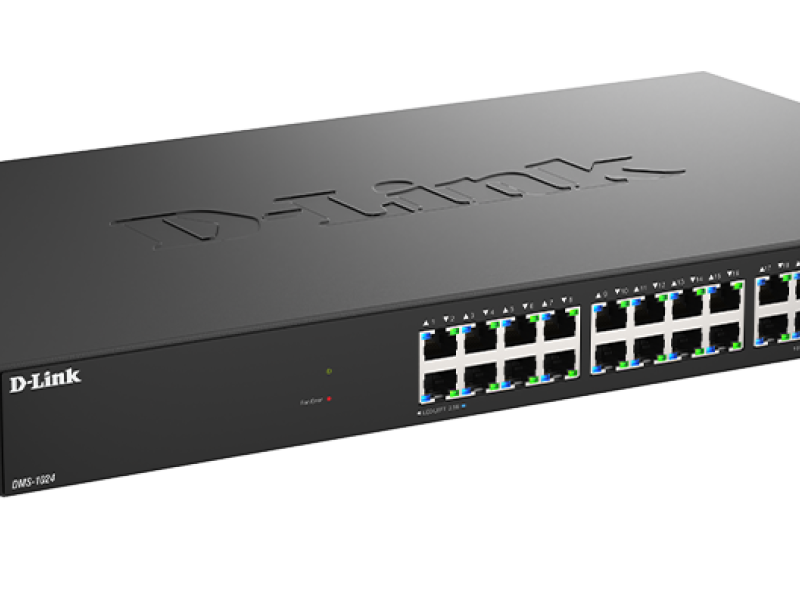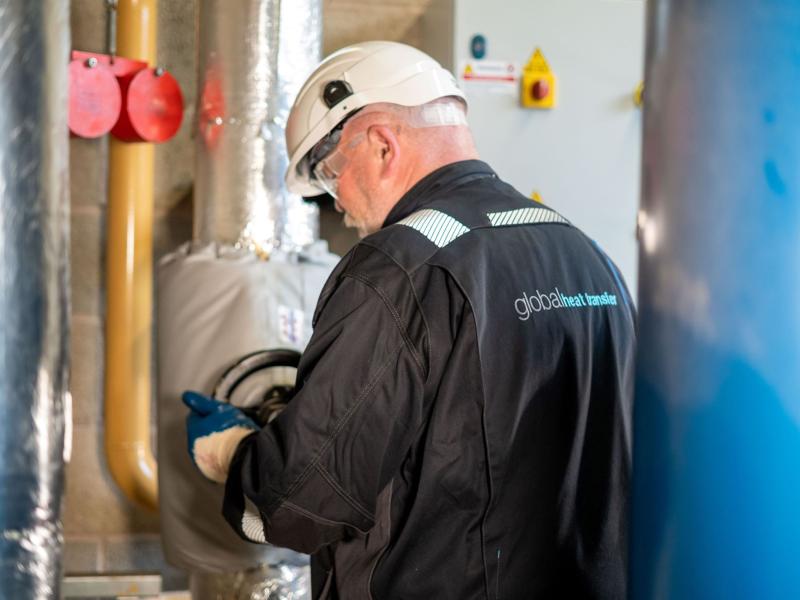In mining applications, coal-carrying conveyor belts can be up to 20 km long and, if they break and do not immediately stop, cargo can be spilled everywhere and cause a major safety risk. Conveyors usually come equipped with contacts that indicate problems like breakages, but, with the extreme distances involved, these can be unreliable. Here Ian Loudon, international sales manager at remote monitoring specialist Omniflex, explains why new fibre optic modules are game changes in mining applications in terms of reducing downtime and improving safety.
The mining industry is the backbone of modern civilisation, providing the raw materials essential for everything from buildings and infrastructure to electronics and medicine. The global coal mining industry specifically has grown by nearly 20 per cent on average for each of the last five years, meaning conveyors in the industry are carrying more coal than ever. However, these mining operations often take place in remote and challenging environments, where reliable communication is paramount.
Modern mining conveyor belts can extend for tens of kilometres, carrying tonnes of material daily. These mammoth systems are crucial for transporting extracted resources from the mine to processing facilities or stockpiles. Therefore, ensuring efficient and uninterrupted operation is vital for maintaining production quotas.
However, conveyor belt safety is an equally important consideration. Belt breakages can have catastrophic consequences – causing damage to infrastructure, environmental spills and, even, worker injuries or fatalities.
Conveyor safety in mining
Wireless telemetry systems play a vital role in ensuring the smooth and safe operation of conveyor belts. These systems continuously monitor belt tension, speed and alignment, and can detect anomalies that could indicate potential problems. Real-time data transmission allows for early intervention, preventing minor issues from escalating into catastrophic failures. In the unfortunate event of a belt breakage, sensors can trigger emergency shut-off mechanisms immediately, minimising damage and potential injuries.
Getting switch contact signals point-to-point can be a matter of life and death. When an operator hits the conveyor’s emergency stop button, they need to be confident that the system will shut down as intended. If someone is in danger in a mining environment, the risk of signal failure must be mitigated to an acceptable level.
However, maintaining reliable long-distance signal delivery in mining environments can be challenging for several reasons. First, signal strength can be limited in any underground operations where rock formations hamper radio wave transmissions.
Next, mining activities can generate a significant amount of electromagnetic interference (EMI), which can interfere with wireless signals. Furthermore, mining applications often take place in harsh environments where temperature, humidity and dust levels can place excessive strain in communication equipment.
Finally, the distances involved are also a big hurdle to overcome for many transmission options. Copper wiring is extremely costly and, when required to run over many kilometres, the costs are often prohibitive. Furthermore, copper systems do not even guarantee reliable transmission over those distances. For example, standard communication links on copper wires like RS 485 are generally limited to about a kilometre of reliable transmission.
Therefore, to overcome all these challenges and ensure ongoing worker safety, the mining industry must source signal transceiver modules that can operate reliably even in the harshest of environments.
Bidirectional fibre optic modules offer new possibilities
Omniflex’s new FCX module is a bidirectional transceiver, meaning it combines both transmission and reception capabilities into one device. This eliminates the need for separate modules, halving the number of modules required in any given setting and dramatically reducing costs for purchasing and installation. Costs are reduced further because fibre optic cabling is much cheaper than copper, so, as well as needing less modules, the cost per module is also lower.
To set the units up, users should place one module at either end of a duplex fibre optic link and when the contact on the first is closed, the other module is energised replicating the contact signal.
The transceiver is compatible with either 850 nm multi-mode or 1310 nm single mode fibre optic cabling; the latter can send switch contact signals up to 20 km of range. The FCX is powered from a 10-30 Vdc power supply and the device can operate in a range of 0-60 degrees Celsius.
The FCX can also be used in nuclear radiological safety warning signals and monitoring and controlled shutdown of electrical substations. The FCX is certified for use in SIL-2 applications, meaning system designers can trust that the risk associated with transmitting switch contact signals over long distances can be limited to appropriate levels using the module.
With many years of experience in providing SIL-rated safety systems across mission critical industries, Omniflex is well placed to identify and provide the most suitable solution for any given application.
To find out more about the FCX’s remote safety applications in the mining industry, visit Omniflex’s website: https://www.omniflex.com/dsview.php?hid=C2477A.






